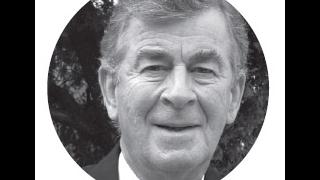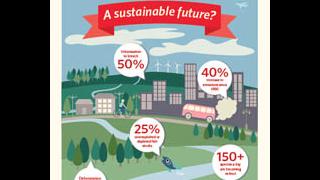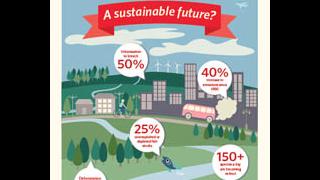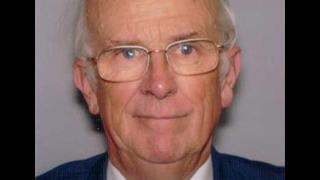
In this issue's Talking Points we look at how the world's largest economies stack up when alternative measures of success are applied: development, equality, environmental performance, peace and security, and civil and political freedoms
In 1990, the UN Development Programme (UNDP) launched its first "Human Development Report" with a simple statement on the premise that has guided all subsequent reports: "People are the real wealth of a nation." The aim of the report was to stimulate fresh ways of thinking about and measuring a country's progress. A key element of this was an index evaluating performance in terms of human well-being as well as economic advances. The index has had a profound impact on development programmes, shifting the focus away from national income to people-centred policies.
Twenty years later, the global economic downturn has seen a resurgence in income-centric language and 'trickle-down' economics – the idea that policies that increase national and corporate wealth will eventually benefit the poorest. Emerging economies – particularly China and India – are held up as role models for the sluggish, welfare-heavy states in continental Europe.
Here we try to present a fuller picture of countries' wealth and progress than can be seen by only looking at gross domestic product (GDP – the total market value of the goods and services that they produce). The graphic opposite displays the ranking of the world's largest economies according to a basket of measures. The lower the number, the higher the ranking, and the better the country's performance in that field; the closer together the circles, the more balanced the overall performance.

 |
 |
 |
 |
 |
 |

























